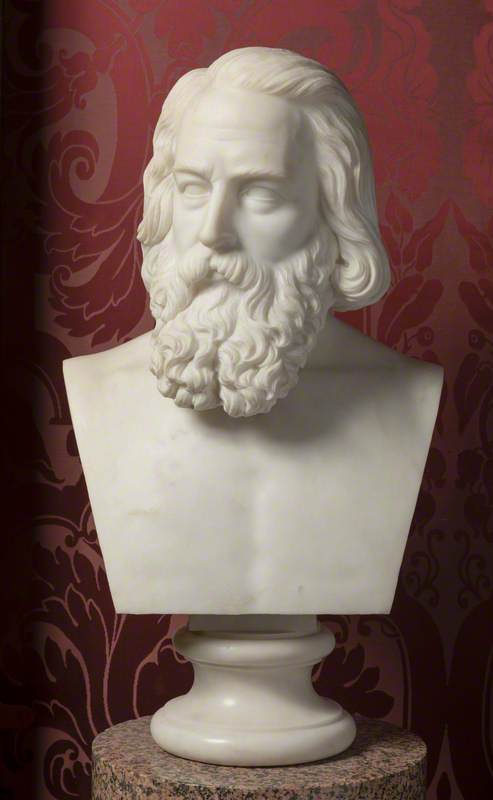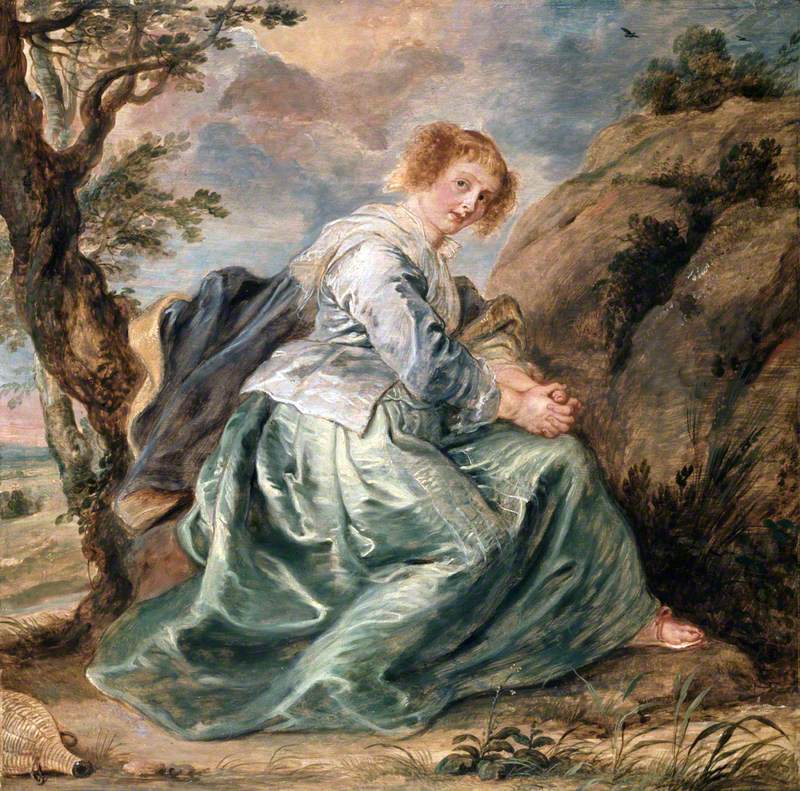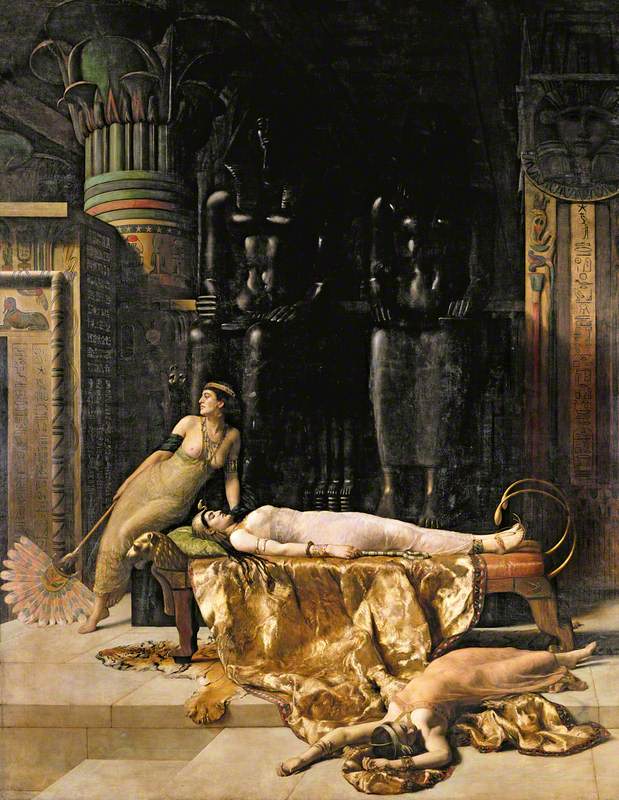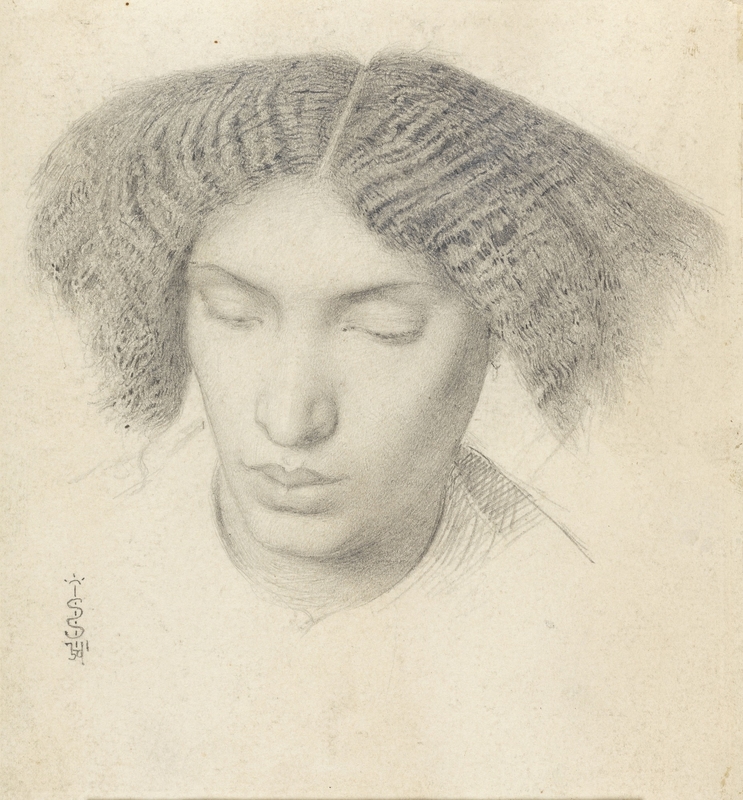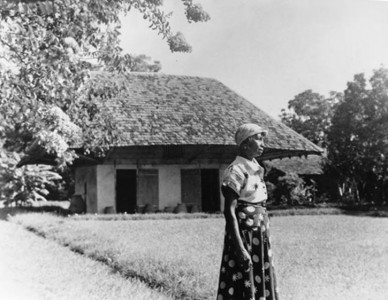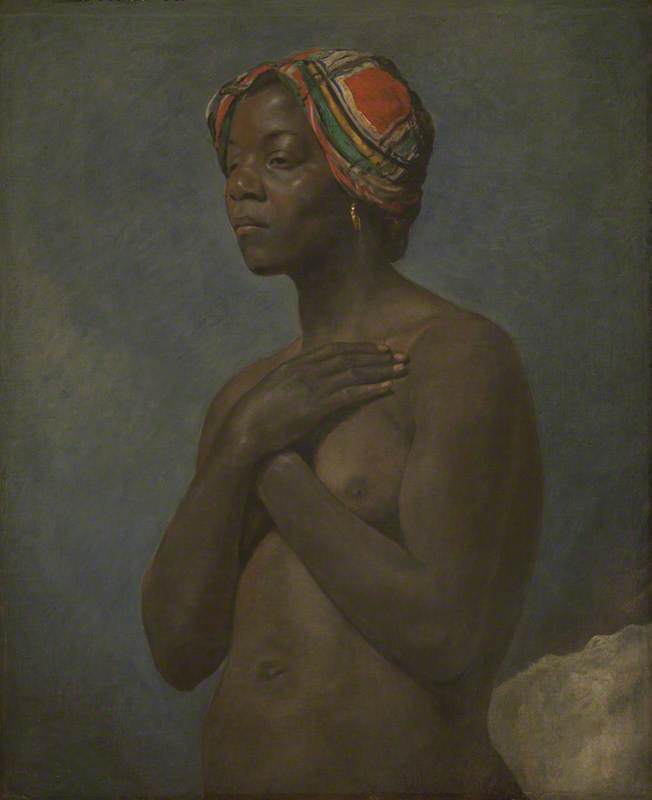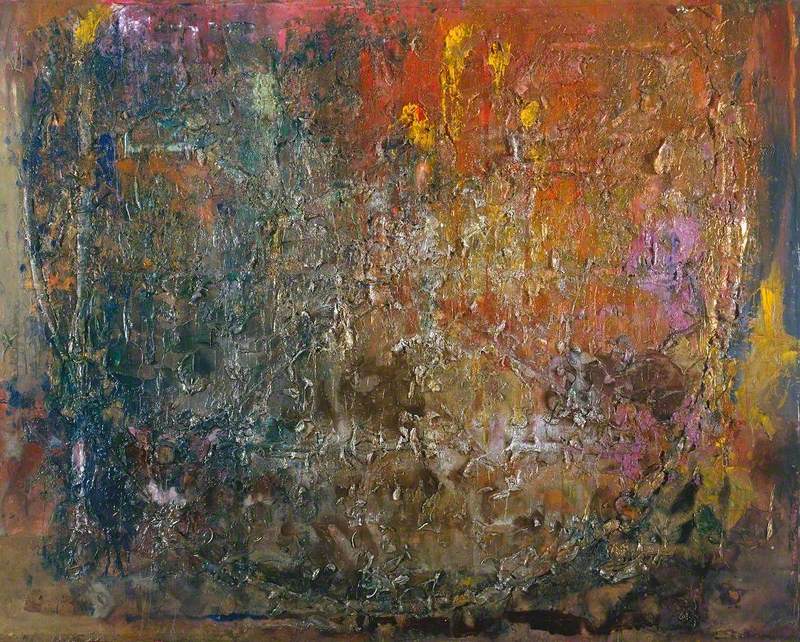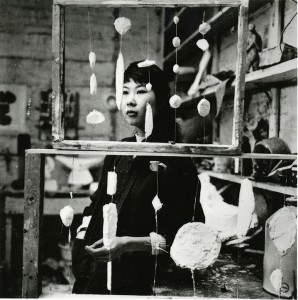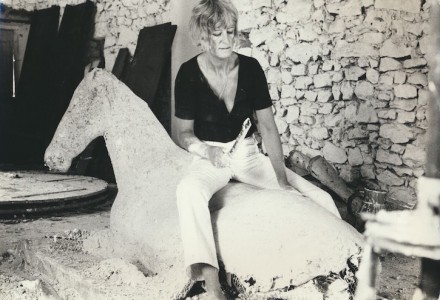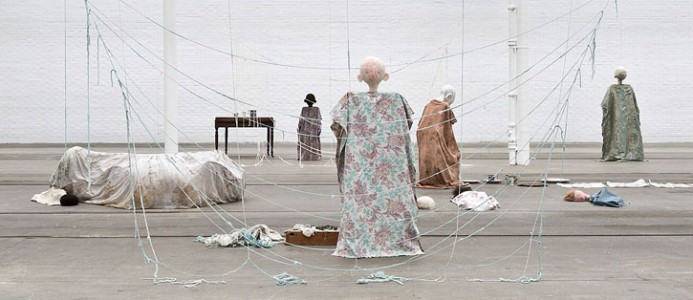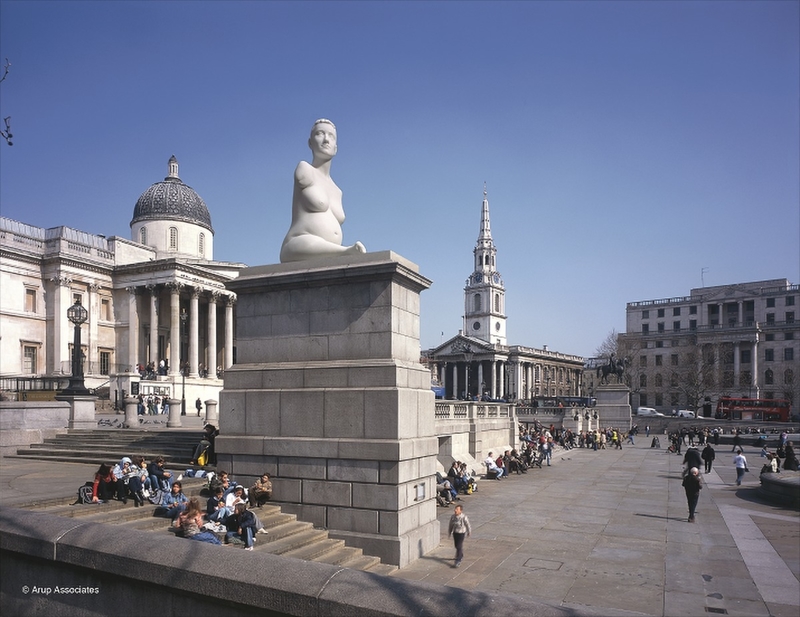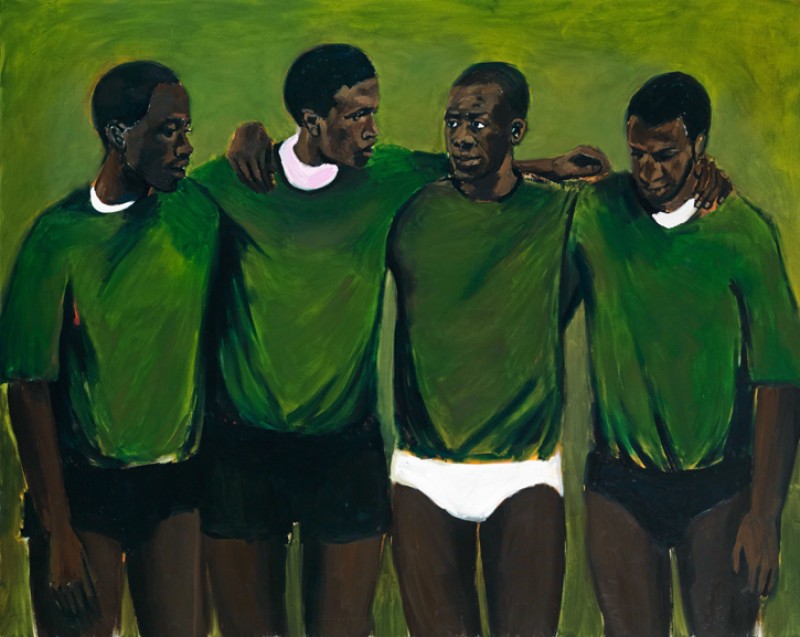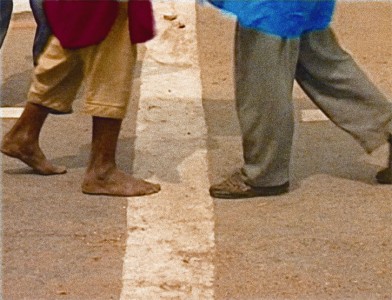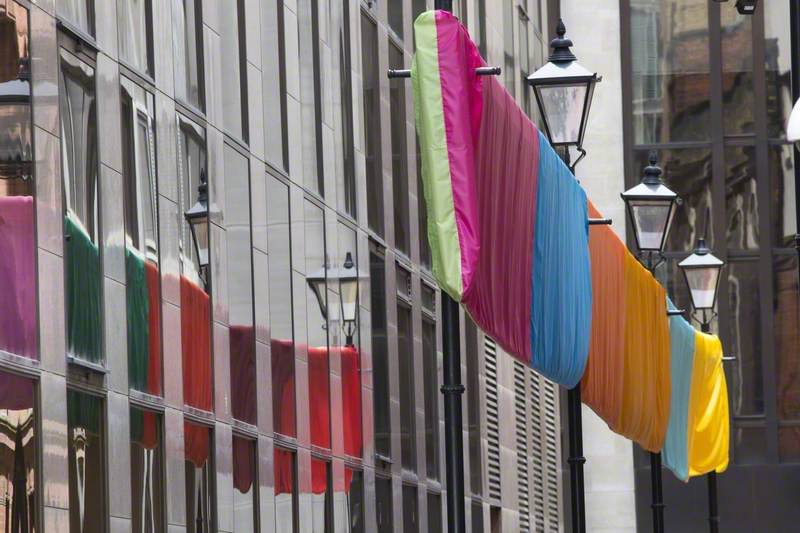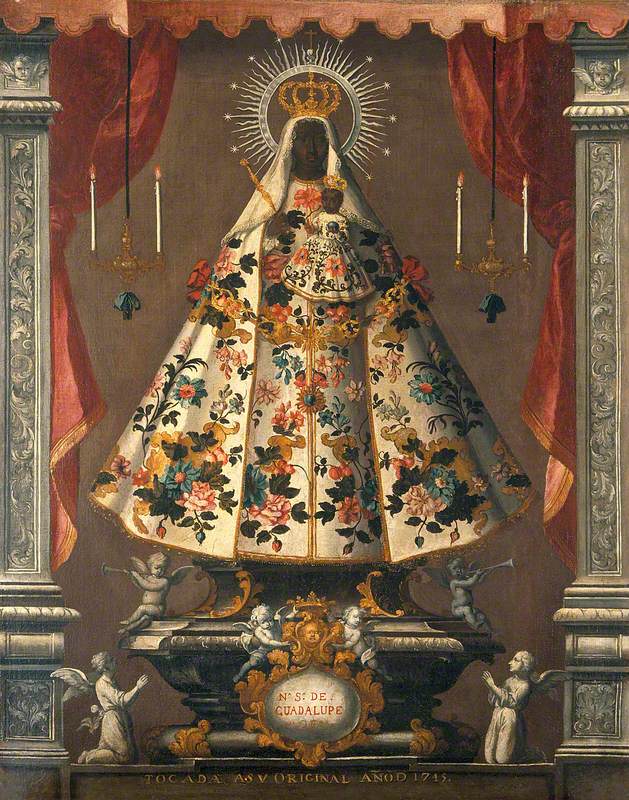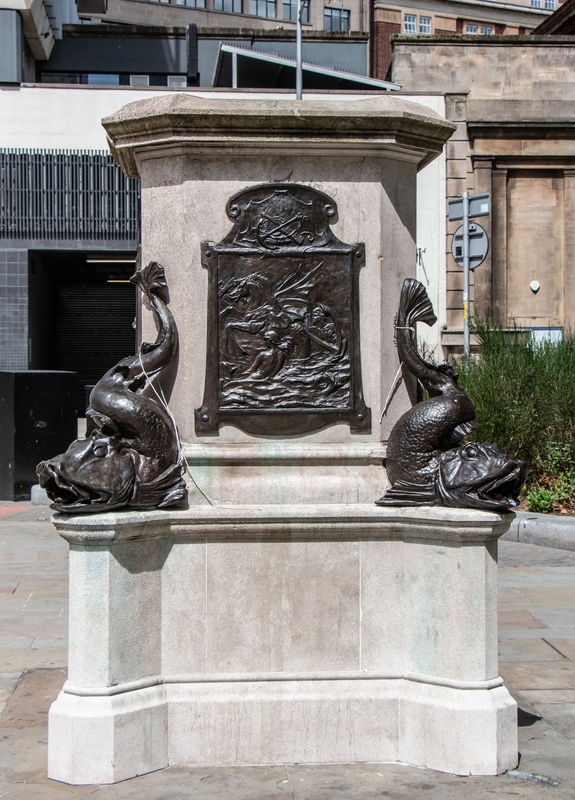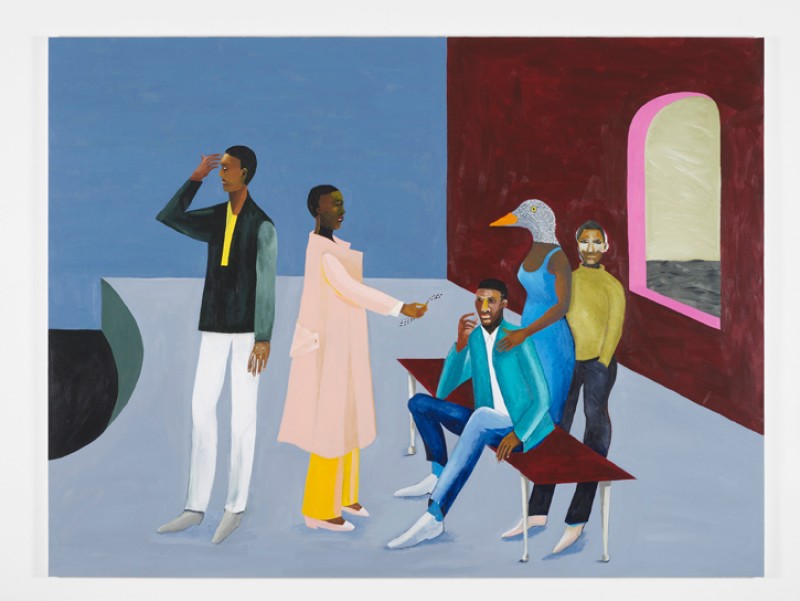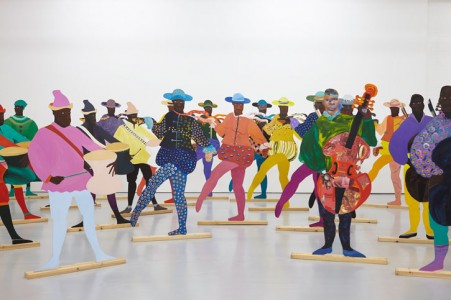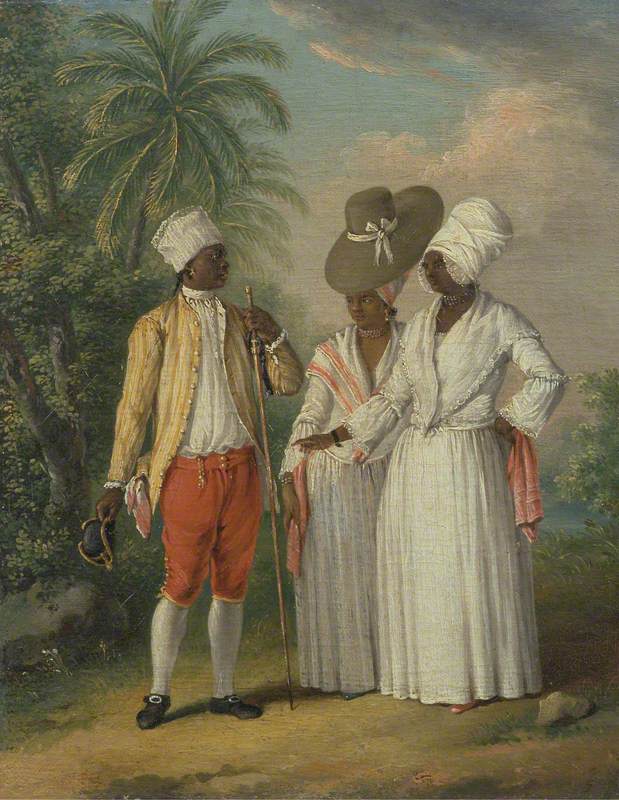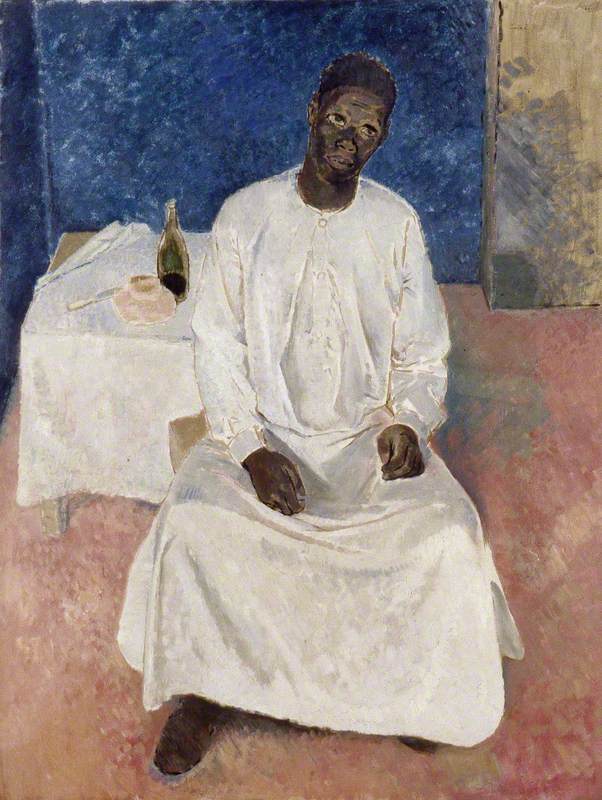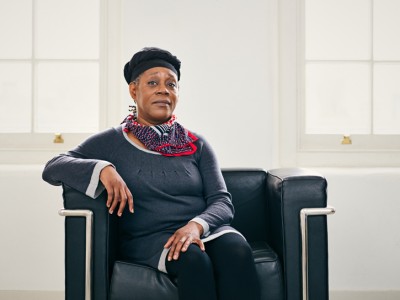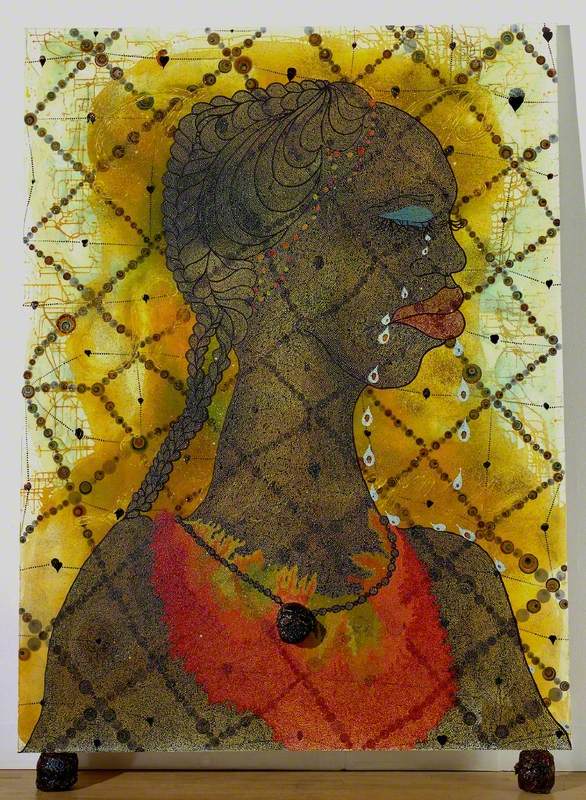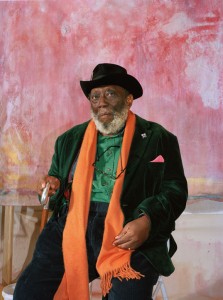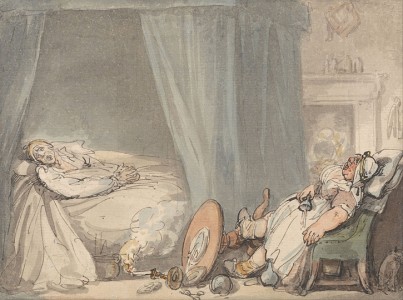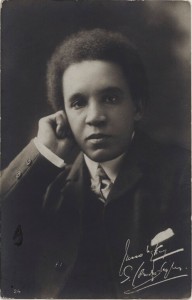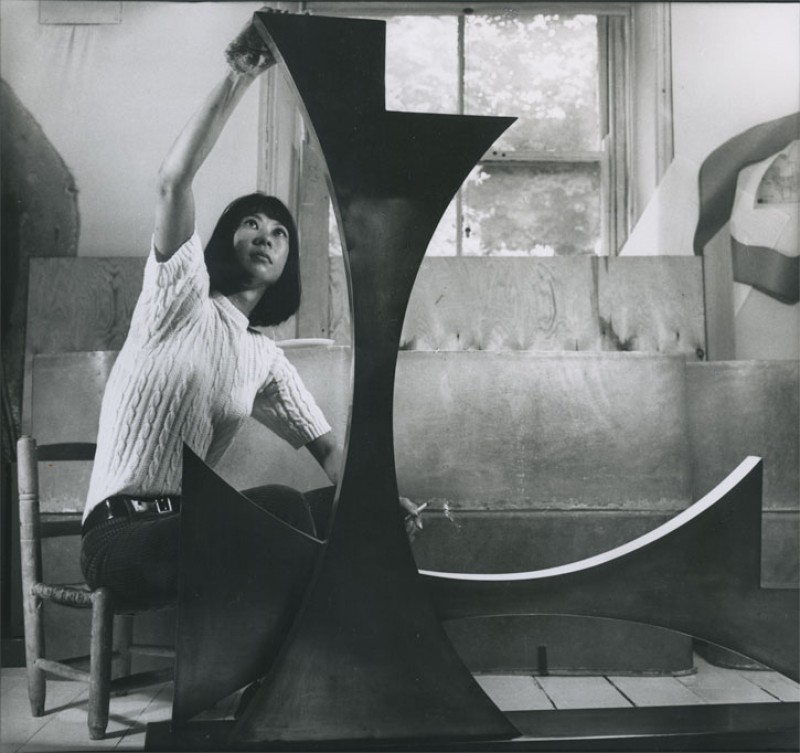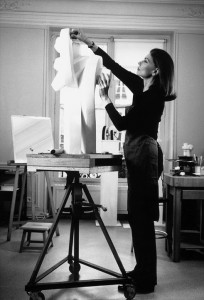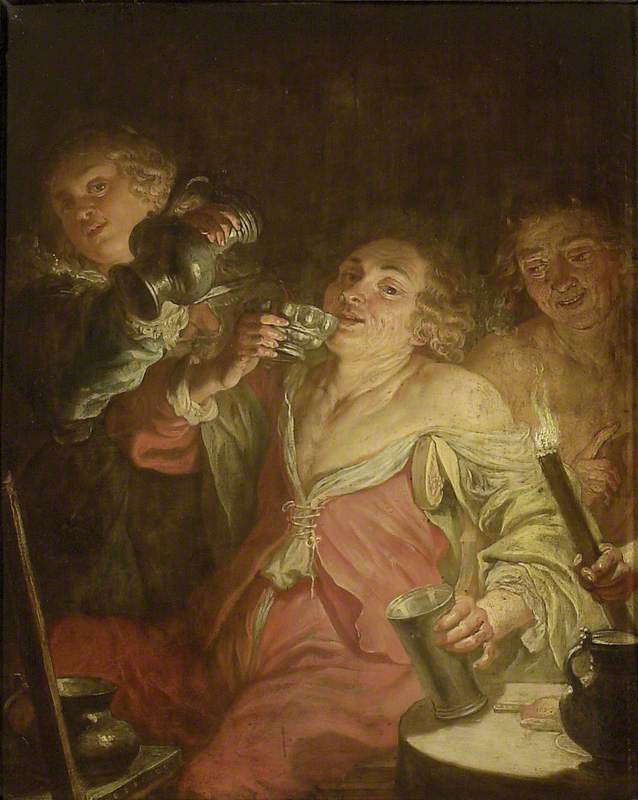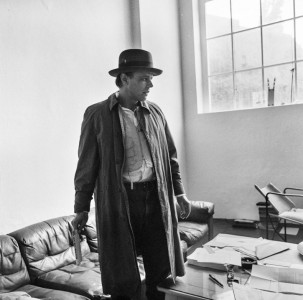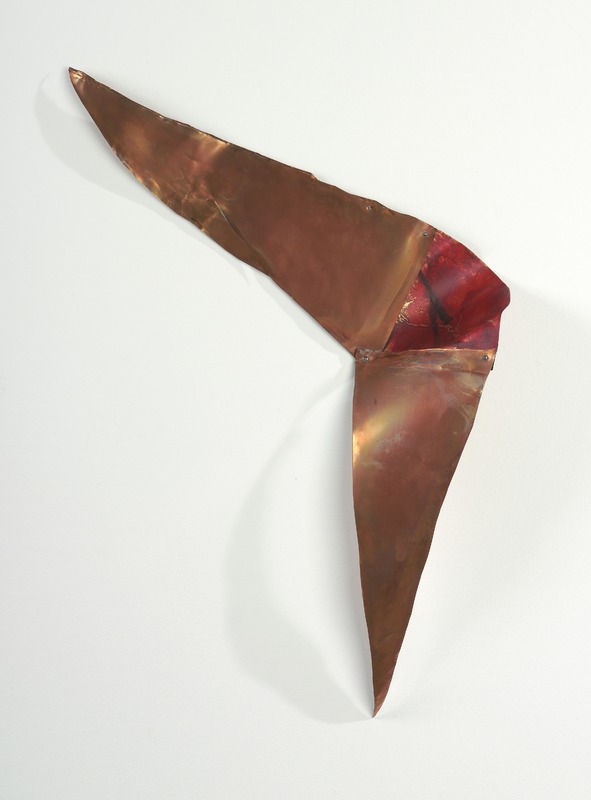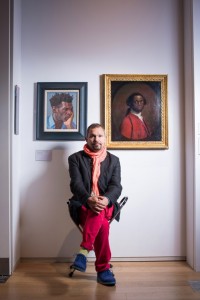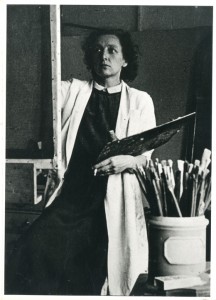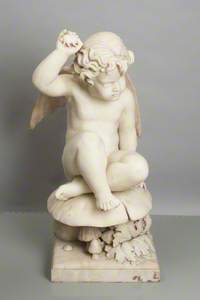The UK is home to a curious sculpture: a bust of the American poet Henry Wardsworth Longfellow (1807–1882), which sits in the Walker Art Gallery in Liverpool. Why is it unusual? It was sculpted in 1876 by Edmonia Lewis (c.1844–1907), an artist who overstepped the confines of race and gender that shaped nineteenth-century society. Against the odds, she was the first African-American sculptor to gain international success.
Forgotten amongst the list of prominent artists of her era, many people still do not know her name. Yet Lewis' story is one that never ceases to amaze, no matter how often you hear it.
Edmonia 'Wildfire' Lewis is speculated to have been born in 1844, and was of Black American and Native American Ojibwe heritage. Her mother was a talented crafter, whose influence may have ignited her love and drive to pursue art.
Orphaned by the age of five, Edmonia Lewis' brother Samuel is said to have played a vital role in her upbringing, with enough finances to pay for her formal education and provide her with a comfortable life. Funded by her brother and several abolitionists, Lewis' artistic endeavours flourished while at Oberlin College, Ohio in 1859. The college was clear in its stance on segregation – it was the first school to accept women and allow the mixing of ethnicities – but still, the institution was plagued by the bigotry of its time. Women were taught a different curriculum, and Lewis – as one of the few non-white students of the college – was confronted with daily discrimination and racism.

Image credit: The Metropolitan Museum of Art, New York, public domain
Hiawatha
1868, marble by Edmonia Lewis (c.1844–1907)
Whilst a student at Oberlin, where she boarded with the white abolitionist and school trustee John Keep (1781–1870), Lewis was accused of trying to poison her fellow classmates who resided in the same home. She was declared innocent after a trial, but the abuse continued. The young Lewis later became the victim of a horrific physical attack by a racist male mob who left her badly beaten in a field. Infuriatingly, Lewis never graduated from Oberlin after being accused of stealing art supplies from the school – she was either unfairly dismissed, or left of her own accord.
Lewis would then travel to Boston, where she was connected with the sculptor Edward Brackett (1818–1908). She began to train more seriously as a sculptor, and her brother paid the rent for a studio in a building shared by many other artists. There, she met Tonalist painter Edward M Bannister (1828–1901), who was also of African-American heritage. Lewis began creating sculpture busts of abolitionists, a popular subject that attracted much attention to her work. Eventually, she had enough money to move to Europe, settling in Rome in 1865.
Italy posed many new opportunities for Lewis, as at that time it was still the epicentre for classical sculpture. There also existed a sisterhood of expatriate, women artists, all of whom were white (except Edmonia), and were fighting for the same recognition as male artists. The American writer Nathaniel Hawthorne's 1860 novel The Marble Faun is believed to be based on the experiences of women sculptors working and living alone in Rome, whom Henry James later disparagingly termed as a 'white, marmorean Flock'. Both writers had been referring, in particular, to the American sculptor Harriet Hosmer (1830–1908) who mixed in the same circles as Lewis in Rome.
Speaking to the New York Times in 1878, Lewis recalled: 'I was practically driven to Rome, in order to obtain the opportunities for art culture, and to find a social atmosphere where I was not constantly reminded of my colour'.
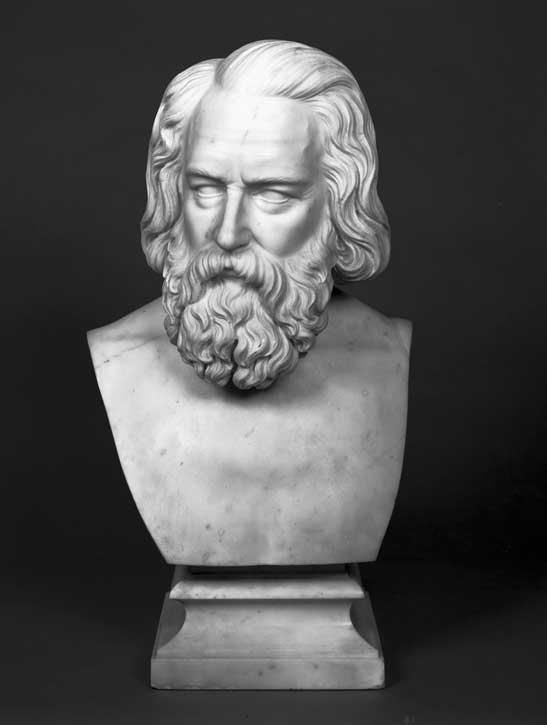
Image credit: Harvard University Portrait Collection, public domain
Henry Wadsworth Longfellow (1807–1882)
1871, marble bust by Edmonia Lewis (c.1844–1907)
The opportunity to accurately depict Longfellow sprung up when the sitter's brother wandered into Lewis' studio in Rome, and was impressed with the sculpture Lewis had been making of the poet from a distance. Longfellow, who was staying in a studio above Lewis' shop, sat for her. A writer for the London-based publication Art-Journal would later comment that it was 'the truest and finest likeness of the poet I have ever seen'. Lewis replicated the bust for Harvard University, where Longfellow had served as a faculty member.
Before sculpting the man himself, Longfellow had already served as a literary muse for Lewis, his writing inspiring her to create work. One poem in particular, 'The Song of Hiawatha' (1855), which was a national bestseller, served as an opportunity for Lewis to explore and bring forth her Native American heritage. Longfellow borrowed the name 'Hiawatha', a Native American leader, to create a tale about two star-crossed lovers, inventing Hiawatha's fictional lover Minnehaha, who came to be visualised by many other artists of the era.
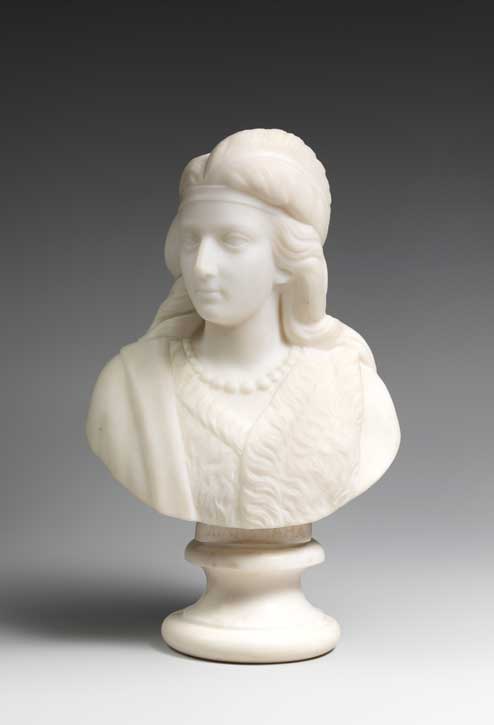
Image credit: The Metropolitan Museum of Art, New York, public domain
Minnehaha
1868, marble by Edmonia Lewis (1844–1907)
Historians have often suggested that Lewis deliberately focused on or even romanticised her Native American background to serve as a selling point for her Anglo-American consumers. This idea had been emphasised by her friend, the fellow artist Elizabeth Peabody (1804–1894), who when recalling her thoughts on Lewis' bust of Longfellow, remarked what a 'beautiful thought' it was, that the 'likeness of the creator of Hiawatha was being embalmed in stone by a descendant of Minnehaha.'
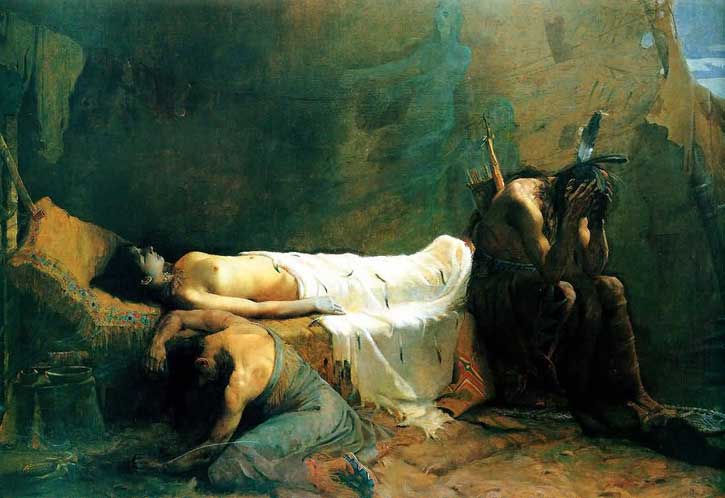
Image credit: American Museum of Western Art – The Anschutz Collection, Colorado, public domain
Death of Minnehaha
1892, oil on canvas by William de Leftwich Dodge (1867–1935)
Lewis made work in the Neoclassical style, which cemented her artistic talent and appealed to those from elite circles who admired the art of antiquity. She refused to hire marble carvers to finish the execution of her pieces – a commonplace working-culture preferred by many male sculptors of the time. By completing her sculptures herself, she could avoid the naysayers who would try to invalidate and criticise her labour for being 'inauthentic', and instead, demonstrate her undeniable talent.
In 1871, she created a marble portrait bust of the assassinated president Abraham Lincoln, and in 1878 she sculpted the former president Ulysses S. Grant, who is believed to have sat for her in Rome.

Image credit: Smithsonian American Art Museum, public domain
Hagar
1875, marble by Edmonia Lewis (c.1844–1907)
Another sculpture by Lewis, Hagar in the Wilderness (1875) is amongst her most treasured, and a popular artistic subject matter that had been depicted by leading artists, from Peter Paul Rubens to Camille Corot. In the Biblical story, Hagar is exiled and banished to roam the wilderness alone. Lewis depicts her in a sombre moment of prayer and hope, with God as her only comfort and guide. Lying at her feet is a pot to draw water from a fresh spring she finds in the desert.
This sculpture has been taken to represent the experience of African-American women of this era, with interpreters drawing parallels between Hagar's status as an 'outcast' and Black women's marginalisation in America. To them, Lewis sculpts a symbol of hope and deliverance to come. Rather than a rejected Hagar in despair, she recreates Hagar's encounter with 'El Roi', the God who sees, as told in Genesis 16:13.
In contrast, the art historian Kirsten Buick offers fresh interpretations of Lewis' work in her book Child of the Fire: Mary Edmonia Lewis and the Problem of Art History's Black and Indian (2010) in light of art historians' assumptions that artworks created by African-American artists necessarily reflect African-American themes.

Image credit: Howard University Gallery of Art, public domain
Forever Free
1867, marble by Edmonia Lewis (c.1844–1907)
Another work by Lewis echoes the bells of freedom and proclaims victory over civil war. Previously titled 'Morning of Liberty', the work Forever Free (1867) is an ode to the Emancipation Proclamation of 1863, which announced that: 'All persons held as slaves within any State… shall be then, thenceforward, and forever free.' A black man stands triumphant, raising his hand in gratitude, his wrist bearing a broken chain. Kneeling, at half his height, is a woman in a posture of prayer: she lifts her eyes to the dawn of a new day.
Harry and Albert Henderson give a moving interpretation of the work in The Indomitable Spirit of Edmonia Lewis: A Narrative Biography (2012), in which it is argued that the sculpture became 'an icon of the African-American struggle.' Forever Free captured a significant historical shift with regards to American race relations: 'The day is won, but not the struggle. Chains are broken but not gone.' The sculpture was later dedicated to the respected pastor, abolitionist and Underground Railroad operative, Leonard Grimes (1815–1873).

Image credit: Smithsonian American Art Museum, public domain
The Death of Cleopatra
1876, marble by Edmonia Lewis (1844–1907)
In 1876, at the Centennial Exhibition in Philadelphia, Lewis' The Death of Cleopatra riled up a lot of interest – both praise and scorn. Lewis had worked on the statue quietly before its reveal, using 3,000 pounds of Carrara marble. The art world had never seen such a realistic interpretation of the story, or such a 'morbid vision of death'. Lewis sculpts the Queen on her throne, emphasising her autonomy even in the moment of her death. The life-size sculpture received much admiration and was commended for its poignancy, some thought it was too gruelling. Overall it was widely respected as one of the best of its time. Importantly, Lewis' vision of Cleopatra rejected previous and more superficial portrayals of the queen.
The Death of Cleopatra would be repeatedly misplaced for almost a century. Somehow, it managed to become a decorative instalment within a saloon in Chicago. Eventually, it was bought by a gambler who used the sculpture to mark the grave of his horse. The landscape around the sculpture changed and it remained overlooked, in much need of conservation. Finally, in the 1980s, it began its journey to rediscovery and recovery, eventually finding a new home at the Smithsonian.
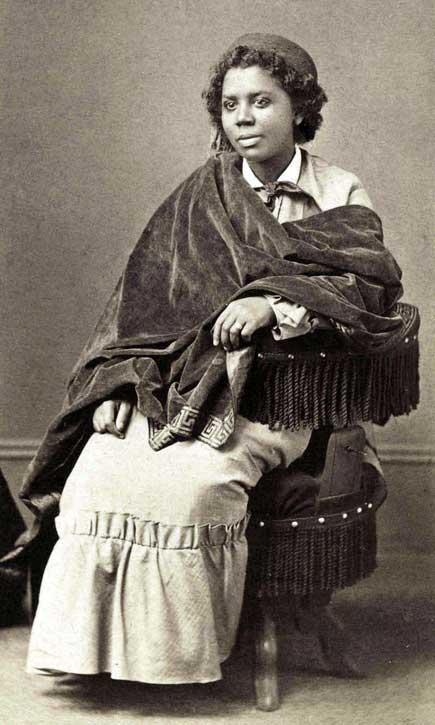
Image credit: National Portrait Gallery, Smithsonian Institution, public domain
Edmonia Lewis
c.1870, albumen print by Henry Rocher (1824–1887)
It appears that fragments of Lewis' life are continually being researched and restored. It is believed that she died in 1907 in London, which was certified after her grave, in Saint Mary's Catholic Cemetery in Hammersmith, was identified. Historian Roberta Reno funded a campaign to restore her gravestone which was accomplished in 2017.
It's easy to become fixated with the racial discrimination and injustices that circulated Lewis' personal life – details that can overshadow her prolific art production. Nevertheless, it is remarkable that Lewis was working on the cusp of and throughout the American Civil War (1861–1865); she would have been aware that her presence and talent undermined the racist ideas propagated by the white ruling-classes. To appreciate Lewis as a person is also to value her deep-rooted desire to affirm her role as an independent artist – she took pride in excelling and improving her craft. Irrespective of her colour, she became a symbol of fierce self-actualisation in a time of prevalent racism.
Edmonia Lewis is an artist who not only deserves to be recognised and celebrated, but treasured too.
Hermenia Powers, Digital Content Trainee at Art UK
Further reading
Kirsten Buick, Child of the Fire: Mary Edmonia Lewis and the Problem of Art History's Black and Indian Subject, 2009
Harry Henderson and Albert Henderson, The Indomitable Spirit of Edmonia Lewis: A Narrative Biography, 2012
Talia Lavin, 'The Decades-Long Quest to Find and Honor Edmonia Lewis' Grave', Hyperallergic, 2018
Penelope Green, 'Overlooked No More: Edmonia Lewis, Sculptor of Worldwide Acclaim', New York Times, 2018
